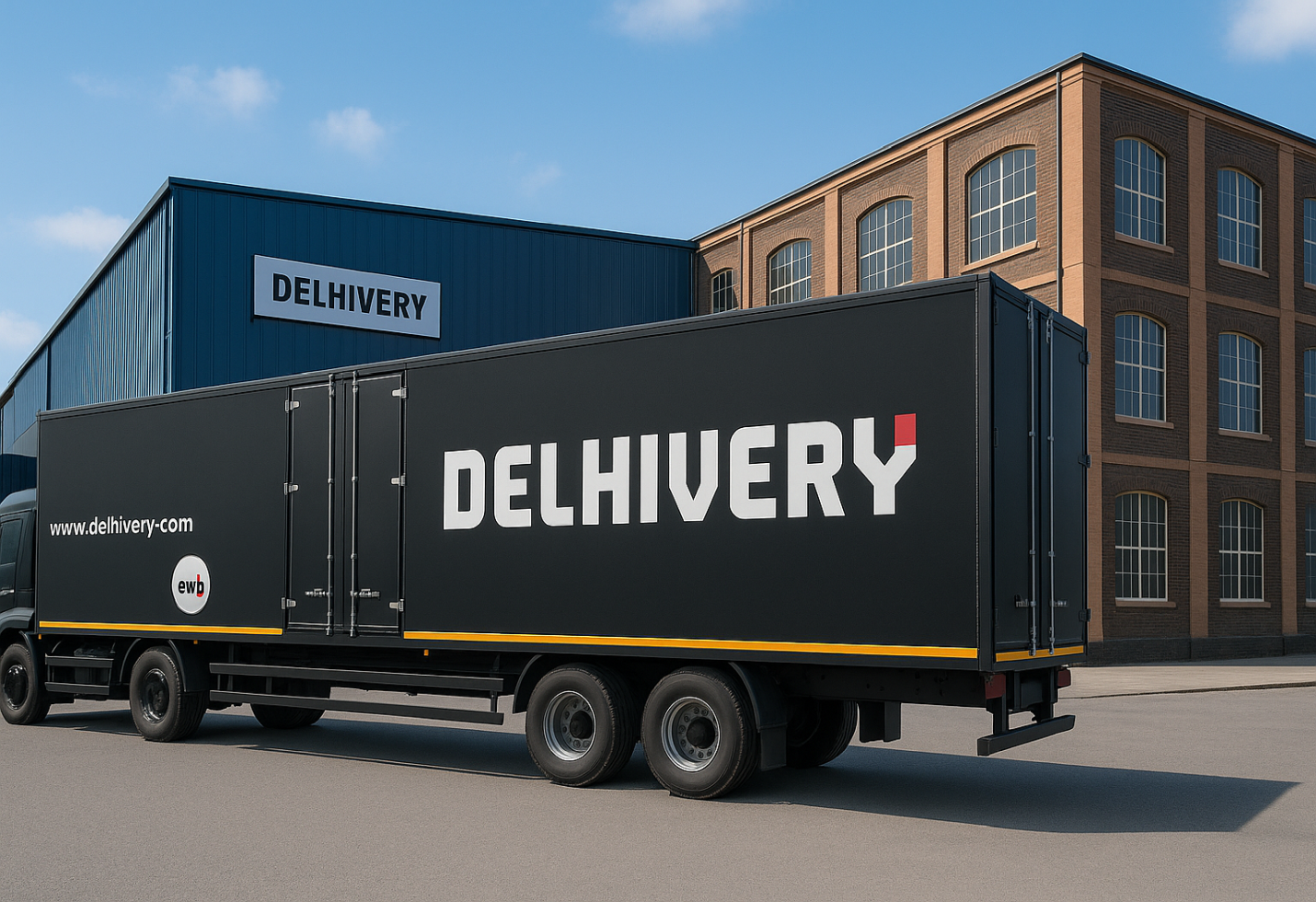PI Industries Q4 FY25: Expansion Offsets Cost Challenges
PI Industries, a major agrochemical manufacturer in India, released its earnings for the fourth quarter of fiscal 2025, showcasing mixed results amid a challenging industry backdrop. While the company experienced a notable decline in profits compared to the same quarter last year, it demonstrated revenue growth and maintained strong operational discipline.
Profitability Impacted by Inflation and Market Dynamics
During the quarter, the company’s net profit fell approximately 11% year-over-year, reflecting the headwinds posed by rising raw material prices and intense pricing competition within the agrochemical sector. These factors constrained profit margins despite the company’s efforts to optimize costs.
In contrast, total revenues edged upward by around 2.6%, highlighting stable demand both domestically and in export markets. This growth, albeit modest, underscores PI Industries’ ability to sustain sales in a volatile environment marked by supply chain disruptions and regulatory challenges.
Operational Margins and Cost Efficiency
Despite pressures on profitability, PI Industries managed a slight improvement in operating margins, as reflected in a small uptick in EBITDA margins. This was achieved through enhanced production efficiencies, targeted cost control measures, and leaner manufacturing processes.
The company’s focus on operational excellence is critical at a time when input costs have surged globally, making margin preservation a priority for all agrochemical manufacturers.
Dividend and Shareholder Value
Reflecting confidence in its financial health, the board of PI Industries proposed a final dividend payout of ₹10 per share, complementing the interim dividend of ₹6 per share declared earlier in the year. This consistent dividend policy signals management’s commitment to rewarding shareholders while balancing capital allocation needs for future growth.
Strategic Growth Through Custom Synthesis
Looking beyond the headline numbers, PI Industries is actively pursuing expansion in its Custom Synthesis Manufacturing (CSM) segment—a specialized area where it provides contract manufacturing services for complex agrochemical compounds.
This business unit is poised to become a significant growth driver, as international agrochemical firms increasingly outsource production of niche, high-value ingredients. PI Industries’ investments in capacity and R&D within CSM aim to capitalize on this trend and strengthen its global partnerships.
Innovation Pipeline and Sustainable Practices
The company continues to prioritize innovation, developing new agrochemical molecules aimed at addressing emerging agricultural challenges such as pest resistance and environmental impact. These efforts not only diversify PI Industries’ product offerings but also align with growing market demand for sustainable and eco-friendly solutions.
Additionally, the company has integrated sustainability into its operational framework by implementing energy-efficient technologies and waste reduction programs. These initiatives help mitigate regulatory risks and bolster PI Industries’ reputation in an industry increasingly focused on environmental responsibility.
Market Challenges and Outlook
PI Industries operates in an industry facing multiple uncertainties, including geopolitical tensions affecting exports, fluctuating commodity prices, and evolving environmental regulations. These challenges have created a tough operating environment, as reflected in the recent dip in profits.
However, with steady revenue growth, operational improvements, and strategic focus on high-margin CSM and innovation, the company is well-positioned for recovery and expansion. The management expects demand stabilization and margin recovery as global supply chains normalize and new products enter the market.
Conclusion
While PI Industries faced short-term profit pressure in Q4 FY25 due to inflation and competitive forces, its revenue growth and improved operational efficiencies demonstrate resilience. The company’s strategic investments in custom synthesis and sustainable innovation suggest a promising trajectory for FY26 and beyond.
By balancing shareholder returns with growth initiatives, PI Industries is navigating industry challenges while preparing to capture emerging opportunities in India and abroad.
The image added is for representation purposes only










